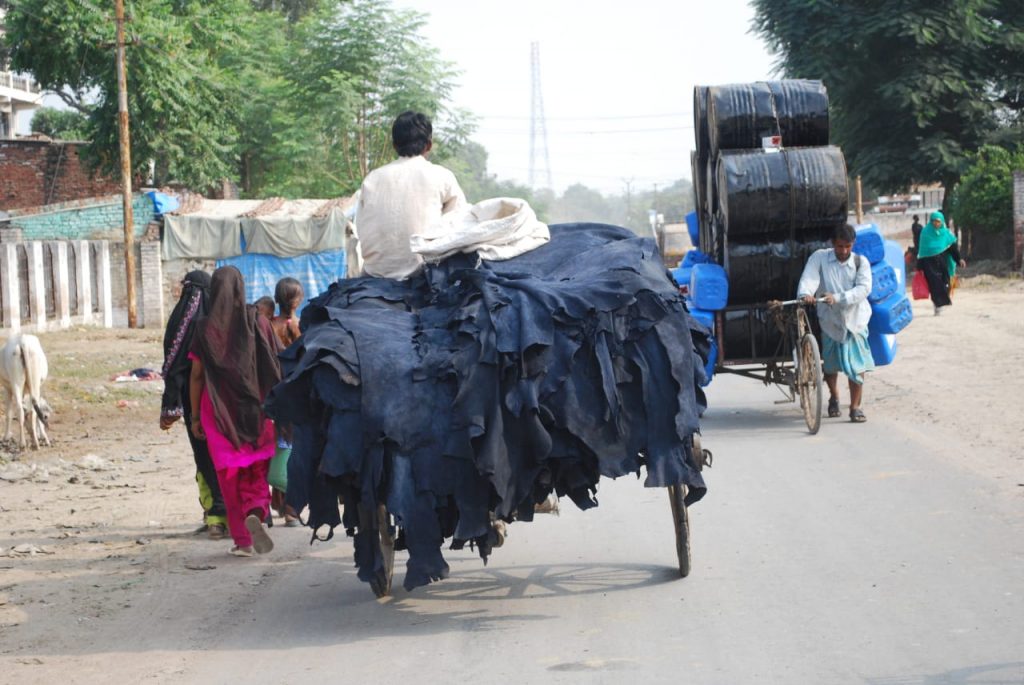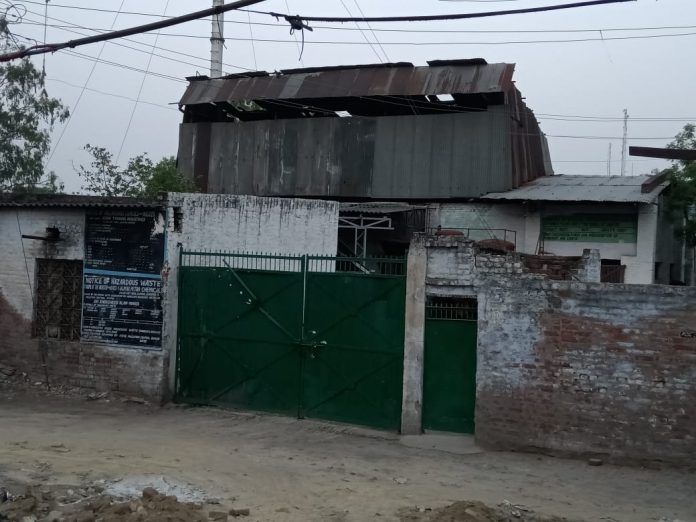By Mohammad Faisal, TwoCircles.net
From a humble beginning nearly 240 years ago, the leather tanning industry in Kanpur city of UP grew in leaps and bounds. But it has seen a downfall during the past five years. For the first time nearly 140 leather tanneries have shut their business raising a question on their survival.
History:
Leather industry in Kanpur dates back to 1778 when the East India Company made its foray in the region. Earlier, they were stationed at a nearby mofussil town Bilgram but by the permission of Nawab of Awadh they were allowed to set up their cantonment in Kanpur. They developed the local artisans mainly Dalits in making saddlery for their horses and other leather products. All of them were hand made by the artisans. By 1798, the East India Company got complete control over Kanpur and the trade flourished though in unorganised sector. One of the main products was Mashq (leather bag made from animal hide used to carry water). This Mashq led to the development of art of tanning leather. In the beginning the animal hide was processed with bark of Babool tree which was available in abundance. In 1840, the saddlery made in Kanpur was sent to England in a fair where it was liked by all thus giving a boost to the art.
In 1857, after the mutiny the reins passed in the name of Queen Victoria. Now the trade was fledging and in 1859 the first Government Harness and Saddlery Factory was established by Colonel John Stewart. Soon many other factories like Cooper Allen and Company also cropped up. However, no Indian was allowed to set up his leather factory. The first leather factory came up in 1902 in Jajmau and it was followed by several others. All of them in the beginning were owned by Muslims. Non-Muslims preferred other trades as textiles, jute, flour mill etc. The rapid industrialisation of the city earned Kanpur the title of Manchester of East.
Naiyer Jamal who has inherited a leather tannery has preciously preserved the history of leather tanning business in Kanpur. Now a days he is sitting idle in his tannery due to the closure. Often spending time with his fellow tanners, Jamal laments the sordid state of affairs.

“When India became independent in 1947, there were 13 leather tanneries. In 1992 their number stood at 175 which soon rose to 402. But during the last five years due to closures only 260 tanneries are left in Kanpur,” Jamal said.
The Issue and its affect:
Due to a government order, from mid-December last year, nearly 250 leather tanneries in Kanpur have been closed. The closure was to last till March 2019. The reason being that the effluent from these tanneries was discharged in Ganga thus polluting the water. Closure of these units meant that devotees can take holy dip during the recently concluded Kumbh-2019 at Prayagraj.
Earlier, it was supposed that after the Kumbh the tanneries will be allowed to function but there has been no such development. Tannery owners believe that it is now no more feasible to run their business in Kanpur. They are contemplating to shift their units to West Bengal where it is reported that government has adopted friendly policies for leather units.
As per an estimate due to the closure the industry has suffered a loss of nearly 3000 crores. Kanpur accounts for leather export of nearly 6000 crores. New orders are not coming and old orders are not being completed. Situation has turned to such a state that industrialists have failed to send leather samples to Hong Kong Leather Fair. The total leather business of Kanpur amounts to nearly 12000 crores annually.
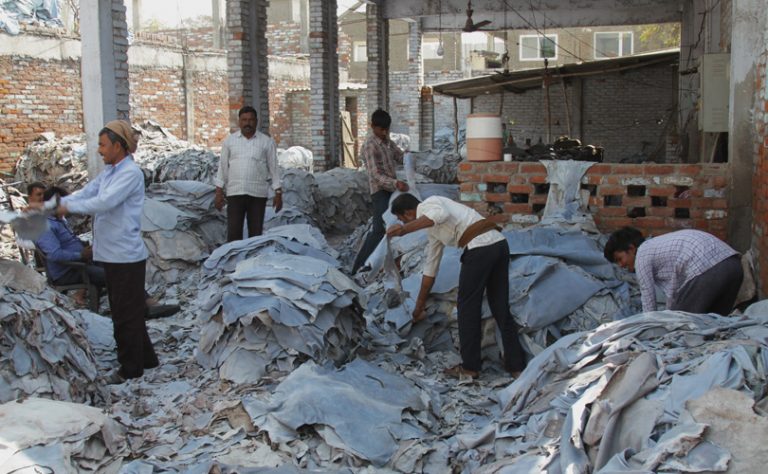
The units are now facing survival crisis. As per reports many tanneries in Jajmau locality of Kanpur had stock of raw hides. Since, they are unable to process them, they are being sold off at half the price to those units which are functioning in Unnao. Even the drums installed at these tanneries are very costly ranging between 20 lakhs to 10 lakhs. These drums need to be rotated and filled with water. Non-usage of these drums may result in their getting spoiled in future. Many of these drums are imported from other countries. Most of the tanneries have taken loan from bank and due to non-payment it has turned Non Performing Asset. Banks too are now in the process of auctioning the leftover hides to recover their dues. A trader informed that tanneries in Jajmau alone accounted for employment to half a million people. Most of the labours have migrated to other states as it was hard for them manage their expenses. Foreign trade worth Rs 1000 crore has been affected. Several buyers from Greece, Italy, Japan and US have cancelled their orders.
Present status:
The tannery owners have now approached the Court. As per reports their petition will come up for hearing on May 23. Prior to it government has issued orders to disconnect power connections in nearly 225 tanneries. This was being done to ensure their complete closure. On May 15, tannery owners protested against this decision and blocked national highway. The protest continued for several hours. Police resorted to mild lathcharge amidst stone pelting by protestors. The tannery owners claimed that several families also live inside the tannery compound. Disconnecting power will lead to hardships for them during the month of Ramzan.
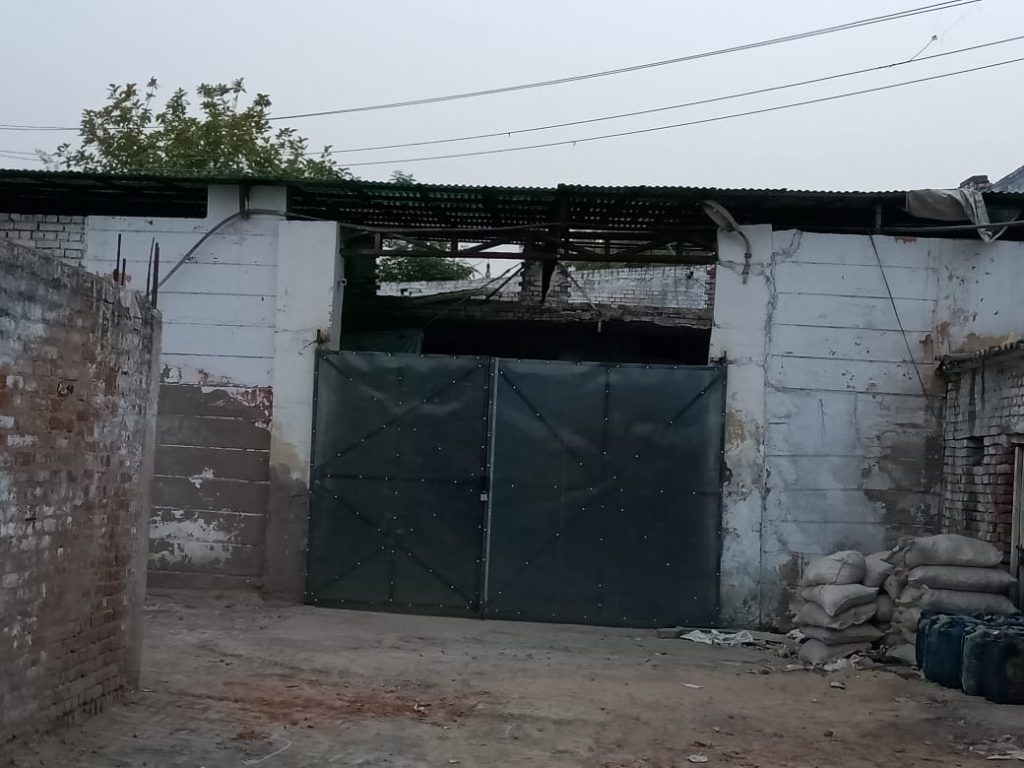
Presently 225 tanneries are closed since December while 28 are running on partial capacity. Tanners claim that as per past practice they themselves used to close their units three days before each Shahi Snan in Kumbh since water takes three days to reach from Kanpur to Allahabad in Ganga.
The stakeholders:
Broadly there are three major stakeholders in this crisis. Firstly, the industrialists then UP Jal Nigam and National Green Tribunal. Major issue is of polluting the Ganga river. A tannery owner claimed that all tanneries in the area discharge only 9 Million Litres of water Daily (MLD). This water from the tannery is first treated by the unit itself and then discharged into conveyance channel to Common Effluent Treatment Plant (CTEP) at Wajidpur. After proper treatment, it is then discharged in irrigation channel or Ganga. This CTEP has been set up as a joint venture of tanners and UP Jal Nigam. The tanners even pay monthly processing fee for the treatment of their water. The running of this plant is with UP Jal Nigam. The capacity of CTEP is 36 MLD.
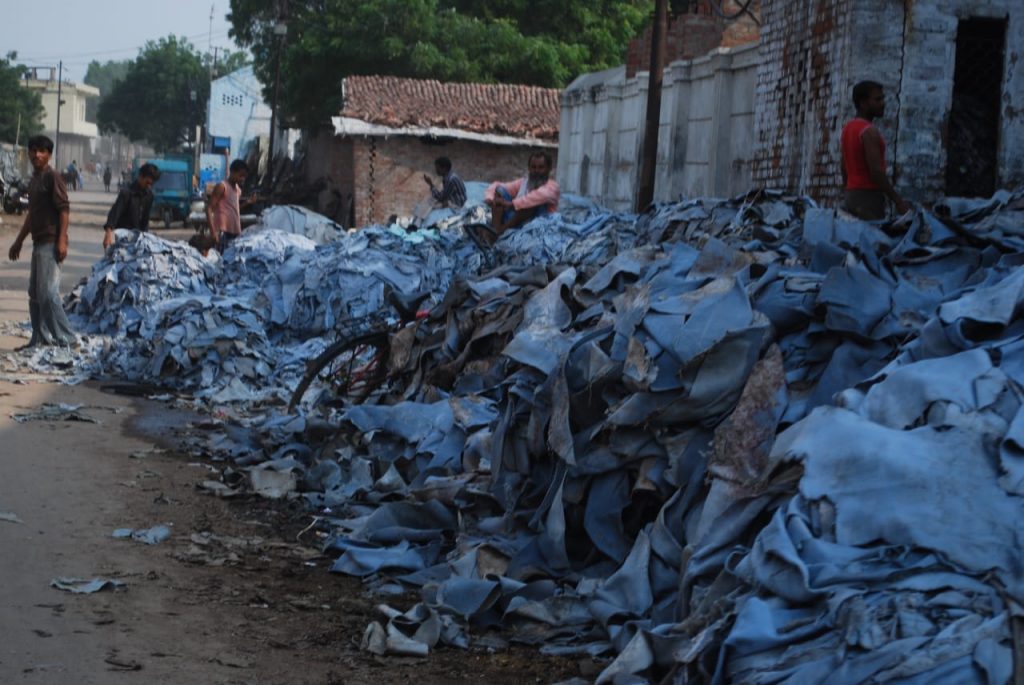
Tanners claim that since they do not discharge so much water then from where is this CTEP getting full. Their claim is that it is other waste water from domestic channel and other industrial units but only the tanneries are being targets.
Several teams of officials have inspected the tanneries and plant. Fresh directions are received from NGT. Administration too acts on them but the result is that the tanneries remain closed.
Political Ramifications:
The leather industry has started facing the pinch since 2014. Pech Bagh, a raw hide market in Kanpur now wears a deserted look. In 2015, Abdul Haq, Vice President of Hide Merchants Association had read the writing on the wall. His grandfather has started the raw hide business in 1888 at Pech bagh. Within a year of BJP government at Centre, Haq had then claimed that soon Pech Bagh Hide Market will vanish.
The apprehension is coming true. Half of the shops have been converted to readymade garments shops. From approximately 500 members of the association, half of them have left the trade. The remaining sit idle. Hardly a truck load of hide comes in a week. The prices have dropped from Rs 15 lakh per truck to Rs 7 lakh per truck.
Most of the traders involved in the leather business are Muslims while the workers are Dalits. “This was from the beginning as only these two communities had no hesitation in dealing with animal hide while others had religious sanctities,” Jamal said. Both the sections are equally affected. “BJP understands very well that both these segments are not going to vote for them. So there is a move to wipe out this trade. Raising a bogey over Ganga and animal hide will further enhance their image, “Dr Imran Idris, a state-level office bearer of Samajwadi Party and resident of Kanpur said.
The repercussions are being felt not only in markets of Kanpur but in far villages. Skinning of natural dead animals is done by mostly Dalits. Now they try to avoid the transportation and there have been instances of attack while transporting the hide. The source of animal hide is thus drying.
